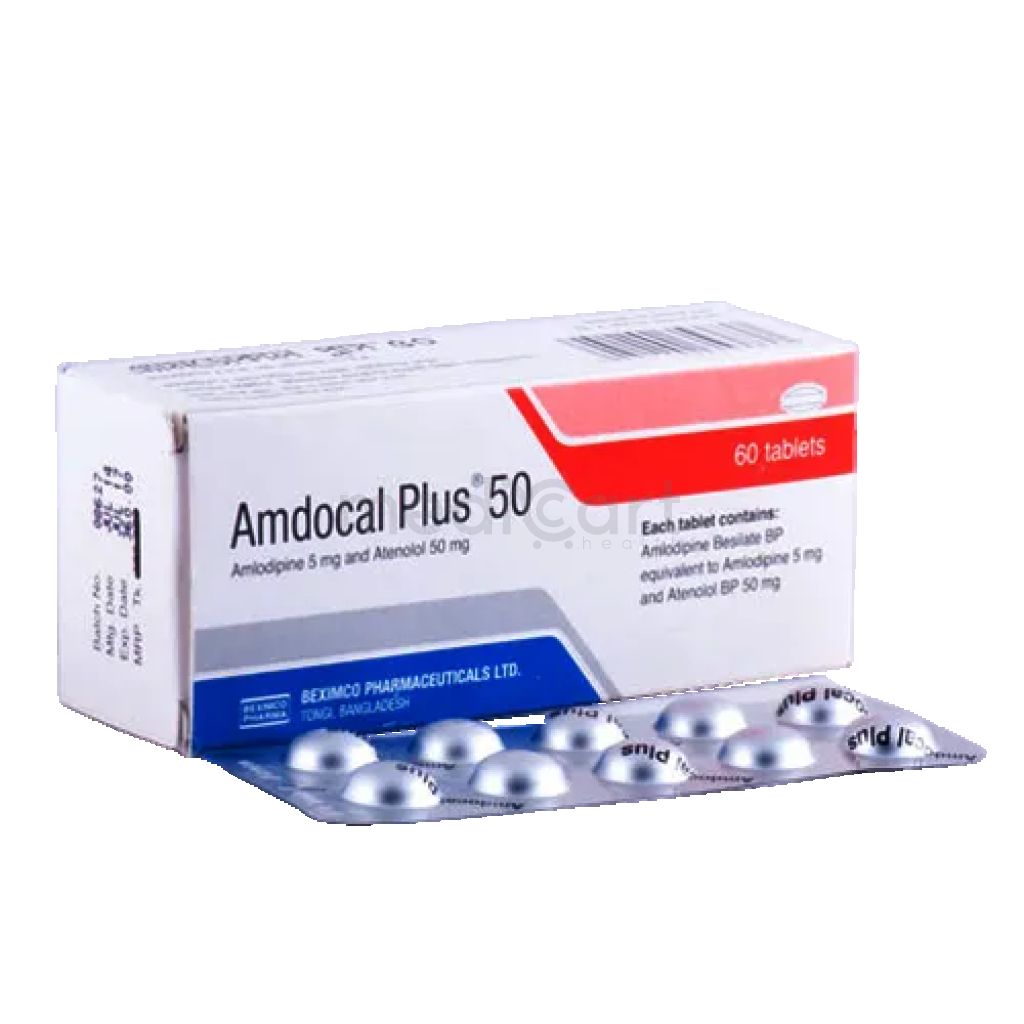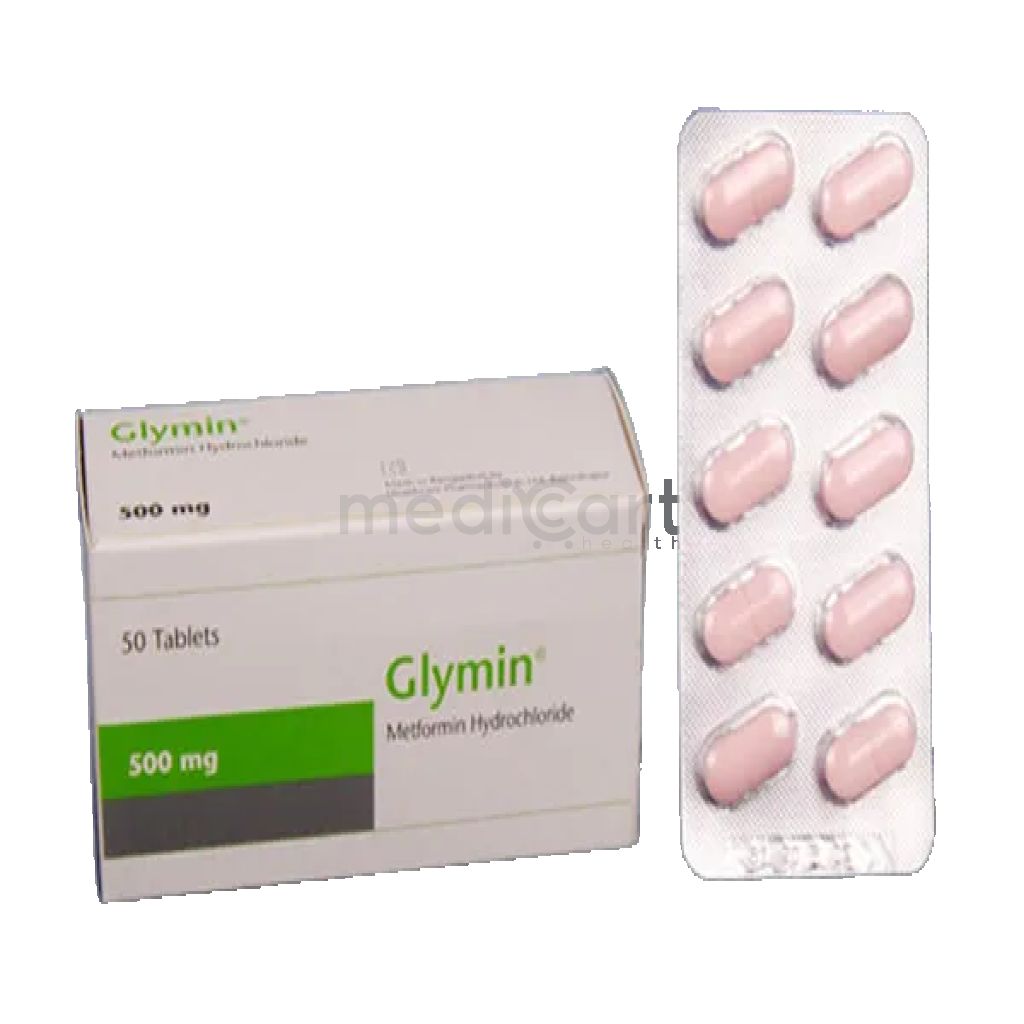

Penicillin G Sodium 10 LacIU
Injection
Pack Size :
10 x 1 Strip
Generics :
Benzyl Penicillin
Manufacturer :
Renata Limited
Best Price *
TK
92.10
* Delivery will be done in Dhaka city only.
More Information About - Penicillin G Sodium 10 LacIU
Description
Generic Name
Benzyl PenicillinPrecaution
Very high doses in poor renal function (risk of neurotoxicity) or heart failure. Avoid contact, skin sensitization may occur. Monitor serum potassium concentration, renal and haematological status. Spirochete infections particularly syphilis; suprainfection with penicillin-resistant organisms with prolonged use; avoid intrathecal route. Lactation: Excreted into breast milk, caution advisedIndication
Meningitis, Anthrax, Community-acquired pneumonia, Bacterial endocarditis, Septicemia, Diphtheria, Syphilis, Cellulitis, Infective endocarditis, Gonorrhea, Aspiration pneumonia, Lung abscess, Septic Arthritis, Gangrene, Meningococcal meningitis, Pneumococcal meningitis, BotulismContra Indication
Hypersensitivity to penicillins.Dose
N/ASide Effect
Hypersensitivity reactions including uticaria; fever; joint pains; rashes; angioedema; serum sickness-like reactions; haemolytic anaemia; interstitial nephritis; neutropenia; thrombocytopenia; CNS toxicity including convulsions; diarrhoea; antibiotic-associated colitis. Potentially Fatal: Anaphylaxis.Pregnancy Category
Name : B
Description
Animal reproduction studies have failed to demonstrate a risk to the fetus and there are no adequate and well-controlled studies in pregnant women OR Animal studies have shown an adverse effect, but adequate and well-controlled studies in pregnant women have failed to demonstrate a risk to the fetus in any trimester.Mode of Action
Benzylpenicillin has a bactericidal action against gram-positive bacteria, gram-negative cocci, some other gram-negative bacteria, spirochetes and actinomycetes. It inhibits final cross-linking stage of peptidoglycan production through binding and inactivation of transpeptidases on the inner surface of the bacterial cell membrane thus inhibiting bacterial cell wall synthesis. It is inhibited by penicillinase and other beta-lactamases.Interaction
Probenecid Increases and prolongs serum penicillin levels. Tetracycline May antagonize the bactericidal effect of penicillin.Pregnancy Category Note
Pregnancy Category: B Lactation: Excreted into breast milk, caution advisedAdult Dose
Adult: IV Bacterial endocarditis W/ aminoglycoside: 1.2 g 4 hrly. Intrapartum prophylaxis against group B streptococcal infection Initial: 3 g, then 1.5 g 4 hrly until delivery. Meningococcal meningitis; Pneumococcal meningitis 2.4 g 4 hrly. Up to 18 g/day in meningococcal meningitis. IV/IM Susceptible infections 0.6-4.8 g/day in divided doses.Child Dose
Infant & Children: Bacterial Infection IV, IM 100,000?250,000 U/kg/day q4?6h Max daily dose is 24 million U.Renal Dose
Renal impairment: Dosing interval should be no more frequent than every 8-10 hr.Administration
IM Administration Do not inject near artery or nerve (may result in permanent neurologic damage) Neonates, infants, small children: Midlateral aspect of thigh preferable Older children and adults: Deep IM injection in upper outer quadrant of buttock Because of high concentration of suspended matter, needle may be blocked if injection is not made at slow, steady rate Reconstitution: Loosen the powd, then, hold the vial horizontally and rotate it while slowly directing the stream of diluent against the wall of the vial. Shake the vial vigorously after all the diluent has been added. Depending on the route of admin, reconstitute w/ sterile water for inj, NaCl 0.9% inj or dextrose 5% inj.Disclaimer
The information provided herein are for informational purposes only and not intended to be a substitute for professional medical advice, diagnosis, or treatment. Please note that this information should not be treated as a replacement for physical medical consultation or advice. Great effort has been placed to provide accurate and comprehensive data. However, Medicart along with its authors and editors make no representations or warranties and specifically disclaim all liability for any medical information provided on the site. The absence of any information and/or warning to any drug shall not be considered and assumed as an implied assurance of the Company.





